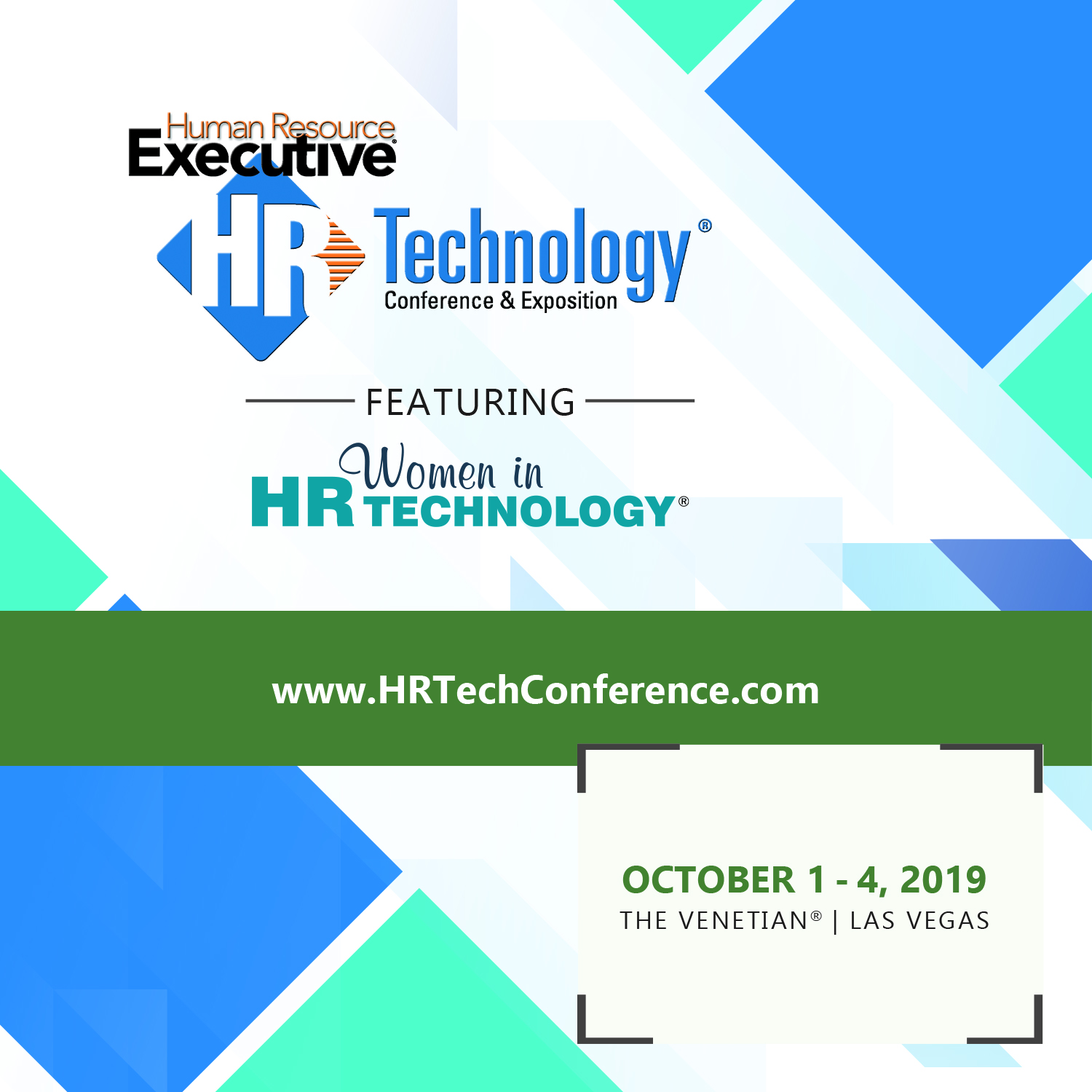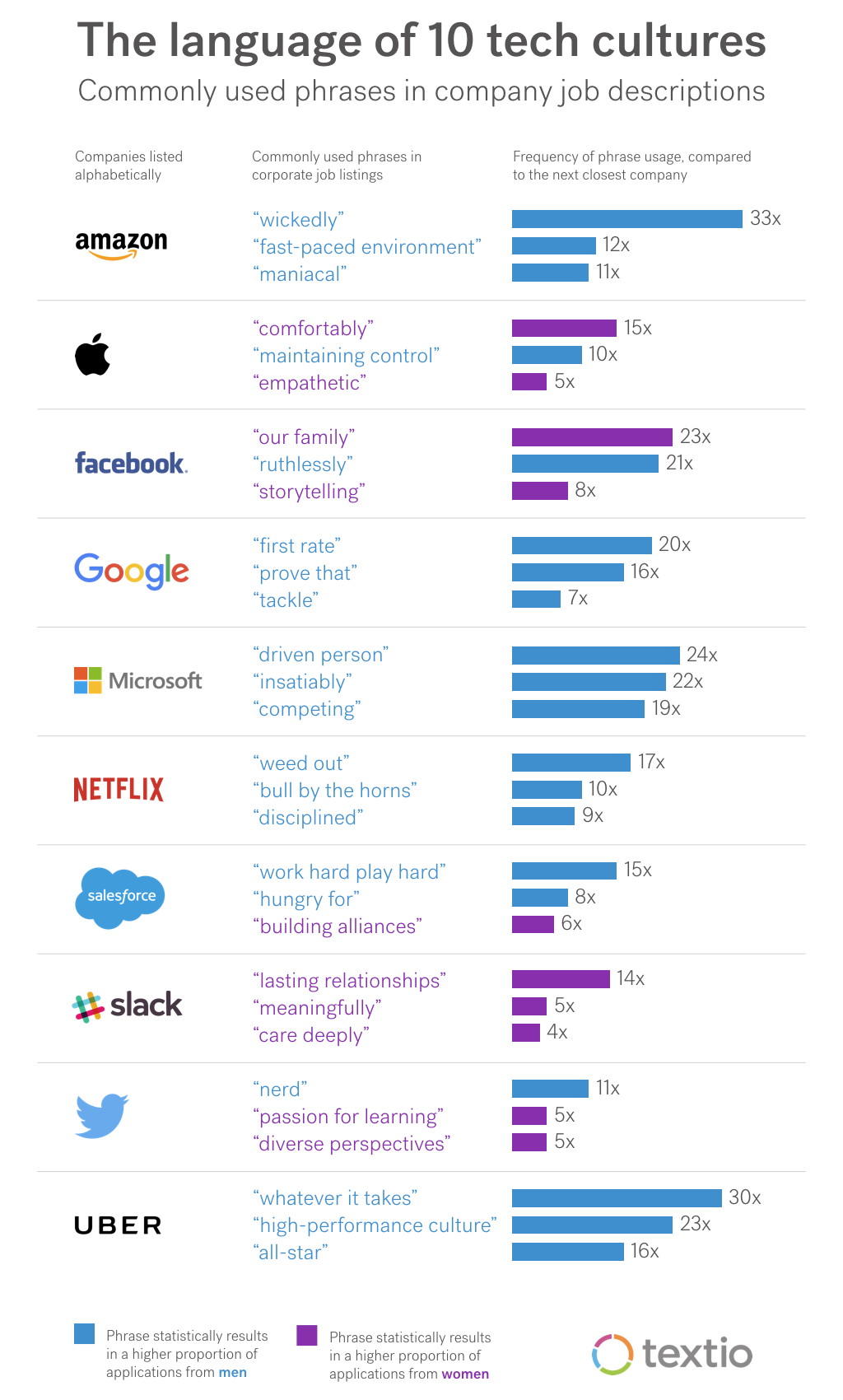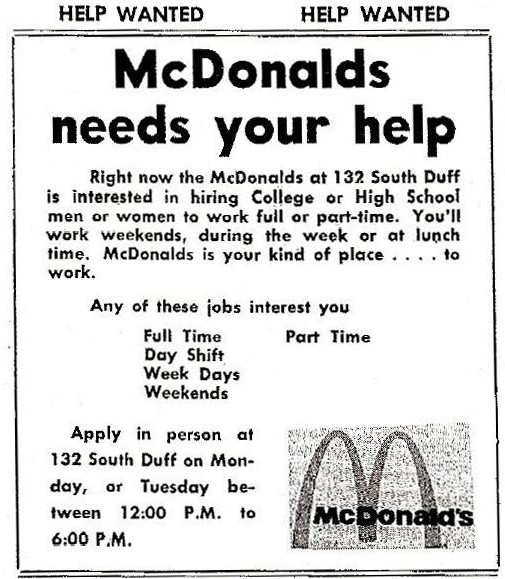Dealing with 'Hard to Fill' positions? Don't forget about throwing cash at the problem
Quick shot for a post Super Bowl Monday - I have posted a few times over the last year or so about the US Trucking industry and the labor market for commercial truck drivers. I am fascinated by this sliver of the labor market as many of the big labor trends like increased automation, shifts in demographics, increased regulation, and employers struggling to hire enough new drivers (and retain existing ones), make this area really ripe for observation and analysis.
Having said that, I wanted to highlight one of the strategies that one employer, in fact the largest private employer in the US, is rolling out in an attempt to find more candidates and ultimately make more hires. Simply put, it is throwing more cash at the problem. Here's what Walmart is doing in order to hire more truck drivers from a piece on Fortune:
While some people focus on whether automation will kill long-haul trucking jobs over the long-term, Walmart is currently more concerned with its short-term reality. The company is once again raising truck driver salaries to try to correct for an ongoing shortage of drivers. Walmart needs to hire at least 900 drivers this year, according to the Dallas Morning News.
One reason: trucking tonnage is way up. The American Trucking Association, the industry’s largest trade association, says that tonnage hauled annually is up 6% is up even while the industry continues to suffer from nearly 50,000 unfilled long-haul jobs. The ATA’s chief economist Bob Costello notes that in 2018, truck tonnage hit its highest peak in 20 years.
In a separate change, Walmart also recently relaxed somewhat the candidate screening process for prospective drivers. Instead of a 'one and done', fail and you are out screen of driving skills, Walmart is now allowing candidates to attempt the driving capability screen, offer them coaching and suggestions on how to improve their performance on the test, and then the chance to re-take the test.
The TL;DR summary of all this? Walmart has a problem filling an important job so they are taking major steps to increase the candidate funnel by changing a key element of the screening process, and are throwing more cash at the problem to try and convince more job seekers (who continue to enjoy a strong labor market), to accept and remain in these truck driver positions.
Let more people in the door, offer them more money to stay. Pretty simple, let's see how it works.
Have a great week!

 Steve
Steve



